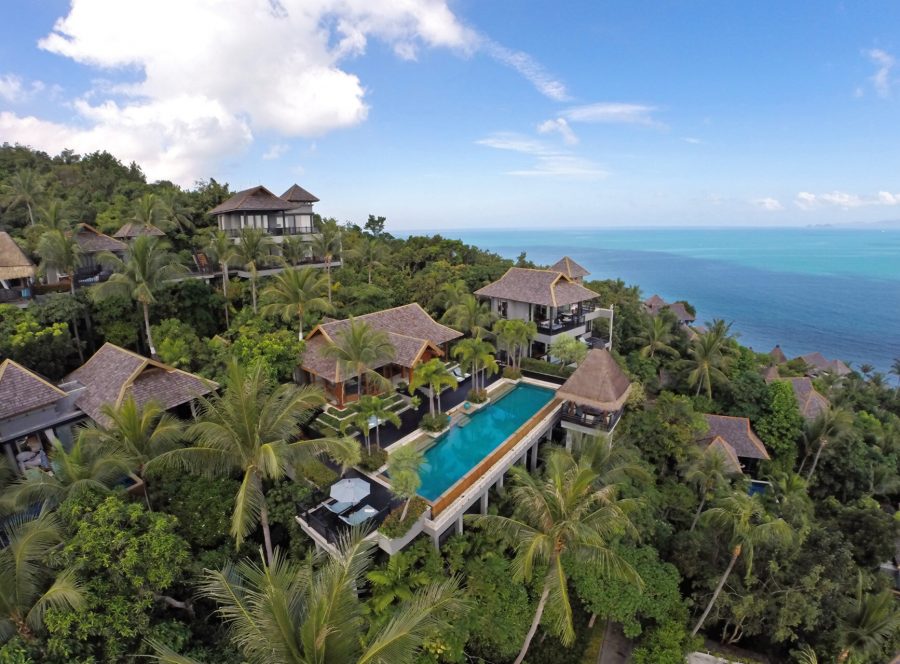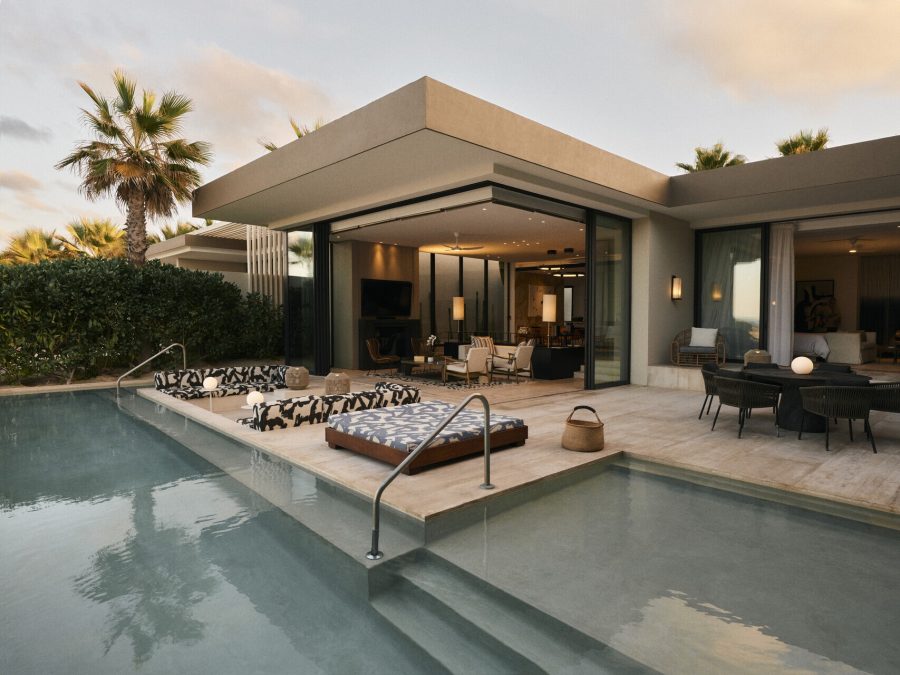Luxury travel is undergoing a radical transformation, and Four Seasons is leading the charge with its latest expansion of Villa & Residence Rentals. With more than 900 homes across 32 destinations, the legendary hospitality brand is taking high-end vacationing to a new level—but is this just another layer of extravagance, or is it redefining how the ultra-wealthy experience travel?
Luxury That Feels Like Home (But Better)
Gone are the days when luxury travelers settled for a lavish hotel suite. Today’s elite demand privacy, personalized service, and an experience that mirrors the comforts of home, only elevated. With dedicated residential teams, custom itineraries, and private chefs, Four Seasons has managed to package exclusivity and familiarity into one seamless experience.
For those who dream of waking up in a historic Cartagena villa, soaking in the sun at an ultra-private Cabo estate, or sipping wine at their own Napa Valley retreat, Four Seasons’ expanded rental portfolio makes these fantasies a reality. The brand is not just offering a place to stay; it’s offering a way of life—one curated to perfection.
A New Era of Destination Living
The recent expansion introduces villas in highly sought-after locations, from the private island of Caye Chapel in Belize (set to launch in 2027) to a sustainable luxury escape in the Dominican Republic at Tropicalia (debuting in 2026). The historic Cartagena residences, housed in revitalized 16th-century landmarks, will be welcoming guests as early as 2025. Each of these homes is designed to blend seamlessly with its surroundings, offering an immersive experience rather than just opulent lodging.
However, this raises an interesting question: Are these properties contributing to a shift in the way people perceive second homes? With flexible rental options and the promise of Four Seasons’ gold-standard service, the need to own a vacation home might become obsolete. After all, why commit to one dream destination when you can have them all?

photo: @Four Seasons Villa & Residence Rentals at Four Seasons Resorts
Exclusivity at a Price: The New Social Currency?
The expansion also speaks to the rise of branded residences as a status symbol. Owning a vacation property is one thing, but living in a home managed by Four Seasons adds an extra layer of prestige. For some, it’s not just about luxury but about belonging to an exclusive club of like-minded global elites.
But with this level of exclusivity comes a debate: Does the ever-growing presence of luxury rentals in prime locations impact local real estate markets? In 2024 alone, branded residences grew to a market valuation of approximately $66 billion, reflecting the increasing demand for these high-end accommodations. As these properties cater to an elite clientele, questions about accessibility and economic disparity arise. Are these residences elevating destinations, or are they making them unreachable for the very communities that give them character?

photo: @Four Seasons Villa & Residence Rentals at Four Seasons Resorts
The Future of Ultra-Luxury Travel
While Four Seasons continues to set the benchmark for high-end hospitality, one thing is clear: the concept of a vacation home is evolving. As the ultra-wealthy look for ways to blend privacy, exclusivity, and world-class service, the hotel-branded residence model seems poised to dominate the future of luxury travel.
Four Seasons is set to further expand its portfolio in 2026 with a beachfront resort in Naples, Florida, reinforcing its commitment to bringing luxury living to some of the world’s most desirable locations. With over 84 new branded residence projects tracked since 2020, this market is showing no signs of slowing down.
For now, Four Seasons is not just selling a stay; it is curating an experience, one spectacular villa at a time. The only question that remains is: Where to next?
Final Thought: The Four Seasons’ expansion is a bold step into the future of luxury travel, but as more brands follow suit, will this model retain its exclusivity, or will it become the new norm for high-end vacationing?

